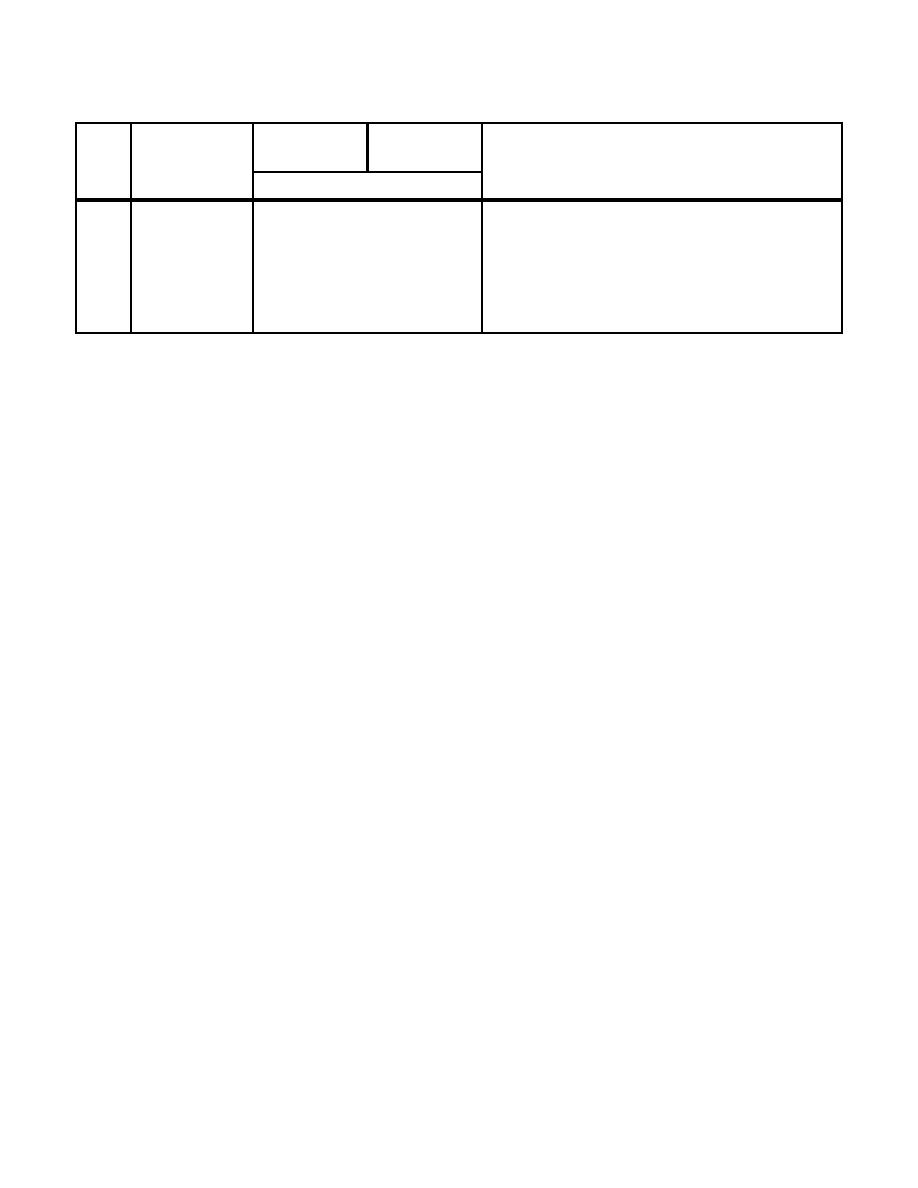
Chapter 3
Table 3.2. Runways.
Class A
Class B
Runway
Runway
Item
Item
No.
Description
Requirement
Remarks
1,828.8m (6,000 ft)
this area to the ends of the Graded Area of the
USAF
Clear Zone must be frangible (see Attachment
Mandatory
14). Items located beyond the Graded Area of
Zone of
the Clear Zone must be constructed to be
Frangibility
frangible, low impact resistant structures, or
semi-frangible (see Attachment 14).
* Bed of channel may be flat.
Notes:
1.
Geometric design criteria in this manual are based on aircraft-specific requirements and are not direct
conversions from inch-pound (English) dimensions. Inch-pound units are included only to permit reference to
the previous standard.
2. Airfield and heliport imaginary surfaces and safe wingtip clearance dimensions are direct conversions from
inch-pound to SI units.
3.6. Additional Considerations for Runway Orientation. In addition to meteorological and wind
conditions, the following factors must be considered:
3.6.1. Obstructions. A specific airfield site and the proposed runway orientation must be known
before a detailed survey can be made of obstructions which affect aircraft operations. Runways
should be so oriented that approaches necessary for the ultimate development of the airfield are free
of all obstructions.
3.6.2. Restricted Airspace. Airspace through which aircraft operations are restricted, and possibly
prohibited, are shown on sectional and local aeronautical charts. Runways should be so oriented that
their approach and departure patterns do not encroach on the restricted areas.
3.6.3. Built-Up Areas. Airfield sites and runway alignment will be selected and the operational
procedures adopted which will least impact local inhabitants. Additional guidance for facilities is
found in DoD Instruction 4165.57, Air Installations Compatible Use Zone (AICUZ) Program.
3.6.4. Neighboring Airports. Existing aircraft traffic patterns of airfields in the area may affect
runway alignment.
3.6.5. Topography. Avoid sites which require excessive cuts and fills. Evaluate the effects of
topographical features on: airspace zones, grading, drainage, and possible future runway extensions.
3.6.6. Soil Conditions. Evaluate soil conditions at potential sites to minimize settlement problems,
heaving from highly expansive soils, high groundwater problems, and construction costs.
3.6.7. Noise Analysis. Noise analyses should be conducted to determine noise impacts to local
communities and identify noise sensitive areas.
3.7. Runway Designation. Runways are identified by the whole number nearest one-tenth (1/10) the
magnetic azimuth of the runway centerline. The magnetic azimuth of the runway centerline is measured
clockwise from magnetic north when viewed from the direction of approach. For example, where the
3-8



 Previous Page
Previous Page
